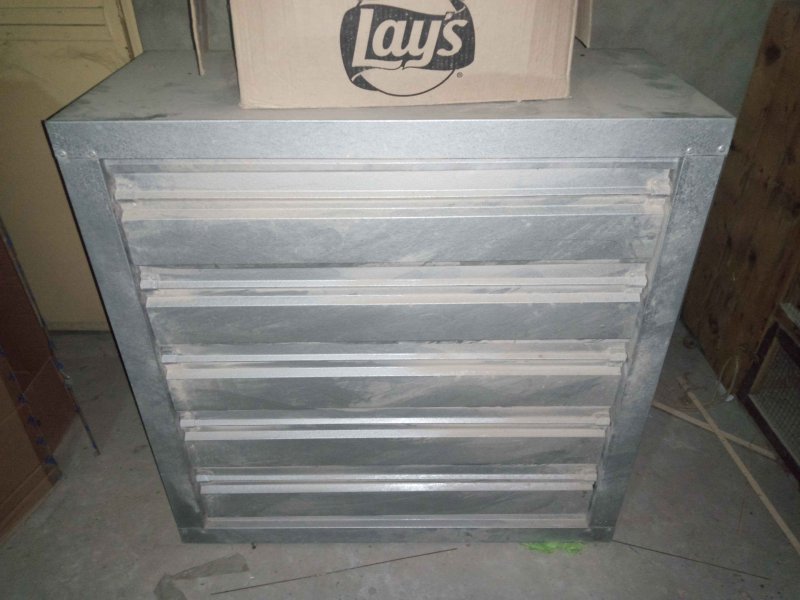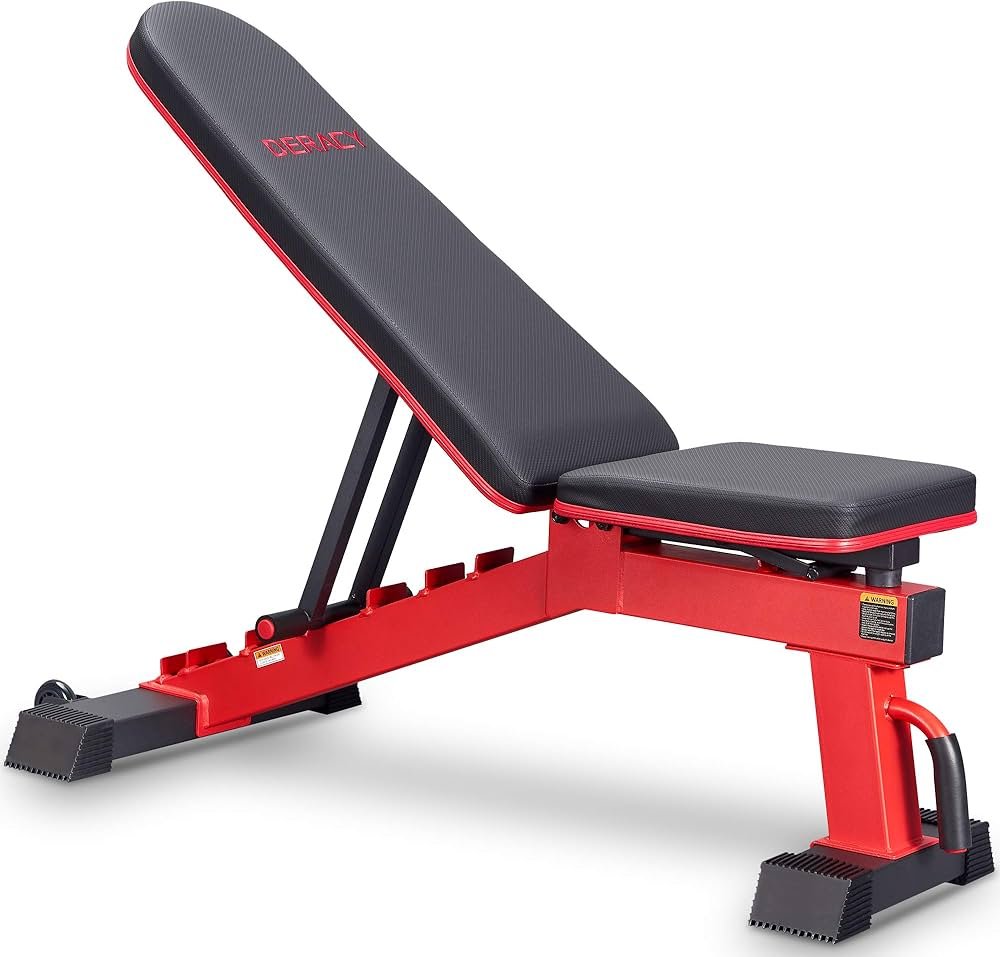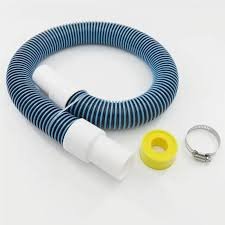A shed exhaust fan is an essential tool for maintaining good airflow and temperature in your shed. If you have a garden shed, workshop, or any other outdoor structure, a shed exhaust fan can help keep the air fresh and cool. Without proper ventilation, your shed can get hot and stuffy, especially on warm days. The shed exhaust fan helps in pushing out the hot, stale air and brings in fresh air, creating a more comfortable and safe environment.
Installing a shed exhaust fan is a simple and affordable way to protect your tools, plants, and equipment from heat and moisture damage. With proper airflow, you can prevent mold, mildew, and rust. Plus, your shed will be more pleasant to spend time in, whether you’re working on projects or just storing items. Let’s explore why having a shed exhaust fan is such a great investment for your shed!
What Is a Shed Exhaust Fan and Why You Need One
A shed exhaust fan is a device designed to improve the airflow and ventilation in your shed. This type of fan helps remove hot and stale air while bringing in fresh air from outside. If you’ve ever spent time in a shed on a warm day, you know how quickly it can become uncomfortable. A shed exhaust fan is a simple solution to keep the temperature inside your shed manageable, especially during the summer months.
Without proper airflow, moisture can build up in your shed, causing rust on tools, mold on walls, and even damage to wooden furniture or other materials. A shed exhaust fan helps keep the air circulating, reducing the risk of these issues. By installing this fan, you’ll maintain a healthier and more comfortable environment, whether your shed is used for storage, work, or as a garden tool area.
Top Benefits of Installing a Shed Exhaust Fan
Installing a shed exhaust fan offers several important benefits. One major advantage is temperature control. During the warmer months, the inside of your shed can become unbearably hot. A shed exhaust fan helps cool the area by removing hot air and allowing fresh air to flow in. This keeps the temperature at a more comfortable level.
Another benefit is moisture control. Excess moisture in the air can cause items in your shed to rust or grow mold. The fan works to remove moisture-laden air, preventing damage to your belongings. This also ensures that your shed remains a safe and dry place for storing sensitive items like tools, electronics, or garden supplies.
Choosing the Right Shed Exhaust Fan for Your Shed
When selecting the best shed exhaust fan for your shed, consider the size of the shed. Larger sheds may require a more powerful fan to maintain good airflow. On the other hand, a small shed might only need a basic fan to keep things cool and dry. Ensure the fan is the right size to prevent overworking it and wasting energy.
Another factor to consider is the material of your shed. For instance, if you have a wooden shed, you’ll want to ensure the exhaust fan doesn’t create too much moisture, which can lead to rotting. For metal or plastic sheds, you can go for a more robust fan without worrying about moisture buildup.
1: Key Features to Look For
- Fan Size: Match the fan to the shed’s size for maximum efficiency.
- Energy Efficiency: Choose a fan that uses less energy but provides optimal airflow.
- Noise Level: Pick a quieter model to avoid disturbing the surrounding area.
- Weather Resistance: A fan with weatherproof features will last longer in outdoor conditions.
How to Install a Shed Exhaust Fan: A Simple Guide
Installing a shed exhaust fan is straightforward, but there are a few steps to follow. First, decide where to place the fan. It should be positioned where air can flow freely in and out of the shed. The ideal location is usually on a wall, facing the direction of the prevailing wind to encourage airflow. Mark the spot and drill holes for the fan.
Next, follow the manufacturer’s instructions for wiring and mounting the fan. Some fans are battery-powered, while others require electrical connections. If your fan needs to be wired, you may want to consult an electrician to ensure everything is installed safely. Once the fan is securely mounted, turn it on and test the airflow.
How to Maintain Your Shed Exhaust Fan for Maximum Performance
To ensure your shed exhaust fan continues to perform well, regular maintenance is necessary. Clean the fan blades and the surrounding area to prevent dust and dirt from building up, which can affect airflow. Check the fan periodically for any signs of wear or damage.
Additionally, keep the fan’s motor lubricated to prevent it from becoming stiff or noisy. If you notice any unusual noises or if the fan is no longer working efficiently, inspect the motor and components for any problems. Regular maintenance will extend the life of your fan and ensure it keeps your shed comfortable and safe.
Subheading 5.1: Maintenance Tips
- Clean the fan regularly: Dust and dirt can reduce its efficiency.
- Lubricate moving parts: Ensure smooth and quiet operation.
- Inspect for damage: Look for signs of wear or malfunction.
- Check the motor: Ensure it’s running smoothly to avoid overheating.
Conclusion:
installing a shed exhaust fan is a great way to improve the air quality and comfort of your shed. With benefits like temperature control, moisture prevention, and improved airflow, the fan ensures your shed stays in top condition for years to come. By choosing the right fan and maintaining it regularly, you can enjoy a more comfortable and safe space for work or storage.
Whether you’re using your shed for hobbies, gardening, or storing equipment, a shed exhaust fan will make the space more usable and secure. Don’t underestimate the importance of ventilation—keeping the air circulating is key to protecting your shed’s contents and making it a more enjoyable space to spend time in.









